Aggregate plants play a vital role in construction, infrastructure, and mining industries by producing crushed stone, sand, and gravel used in concrete, roads, and building foundations. Effective management of these plants requires a blend of operational expertise, safety protocols, and strategic planning. This guide outlines key components of running a successful aggregate plant, from site setup to sustainable practices.
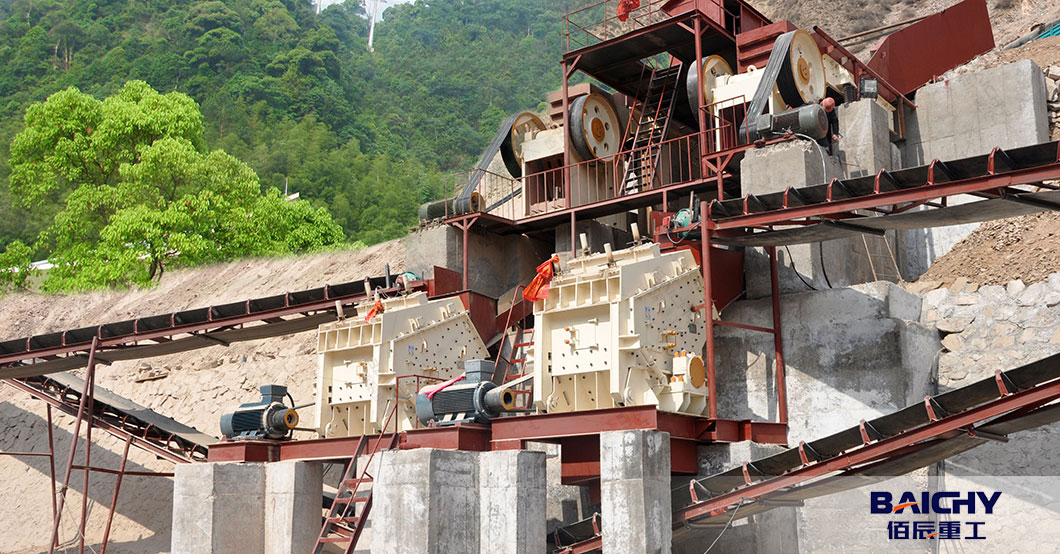
1. Plant Design and Equipment Selection
1.1 Site Planning Essentials
Geographical Considerations:
- Proximity to raw material sources (quarries, gravel pits) to minimize transportation costs.
- Access to rail, roads, or waterways for efficient product delivery.
- Compliance with local zoning laws and environmental regulations (e.g., noise, dust, and water discharge limits).
Layout Optimization:
- Arrange equipment in a linear flow (feeding → crushing → screening → stockpiling) to reduce material handling.
- Design separate zones for raw materials, processing, finished products, and maintenance to prevent cross-contamination.
1.2 Key Equipment and Technology
| Equipment Type |
Function |
Selection Tips |
| Crushers (Jaw, Cone, Impact) |
Break raw materials into smaller sizes |
Choose based on material hardness: jaw crushers for primary crushing of hard rocks; cone crushers for fine, cubical aggregates; impact crushers for softer materials. |
| Screening Systems |
Sort aggregates by size |
Vibrating screens for high throughput; static screens for simple grading. Ensure mesh sizes match product specifications. |
| Conveyors and Feeders |
Transport materials between stages |
Use heavy-duty belts for abrasive materials; include magnetic separators to remove metal contaminants. |
| Washing Plants |
Remove clay, silt, and impurities |
Essential for producing high-quality sand; consider water recycling systems to reduce consumption |
| Automation and IoT |
Monitor operations in real time. |
Install sensors for equipment health (temperature, vibration), material flow, and stockpile levels. Use software for predictive maintenance and production scheduling. |
2. Operational Efficiency: From Raw Materials to Delivery
2.1 Supply Chain Management
Raw Material Sourcing:
- Establish long-term contracts with local quarries to secure consistent quality and pricing.
- Test raw materials for composition (e.g., silica content, moisture) to ensure they meet product standards.
Inventory Control:
- Use barcode or RFID systems to track stockpile volumes and turnover rates.
- Adopt just-in-time (JIT) principles to reduce storage costs while meeting customer demand.
2.2 Production Optimization
Crushing and Screening Efficiency:
- Adjust crusher settings (discharge opening, speed) based on material hardness to minimize energy waste.
- Regularly inspect screens for clogged meshes, which can reduce throughput and product quality.
Energy Conservation:
- Install variable frequency drives (VFDs) on motors to adjust speed based on load.
- Use energy-efficient lighting in facilities and switch to LED fixtures for outdoor areas.
2.3 Logistics and Distribution
Transportation Planning:
- Partner with local haulers or maintain an in-house fleet to control delivery times and costs.
- Optimize routes using GPS tracking to reduce fuel consumption and emissions.
Bulk Handling Solutions:
- Implement truck weighbridges and automated loading systems to speed up dispatch.
- For large projects, consider rail or barge transport for cost-effective bulk delivery.
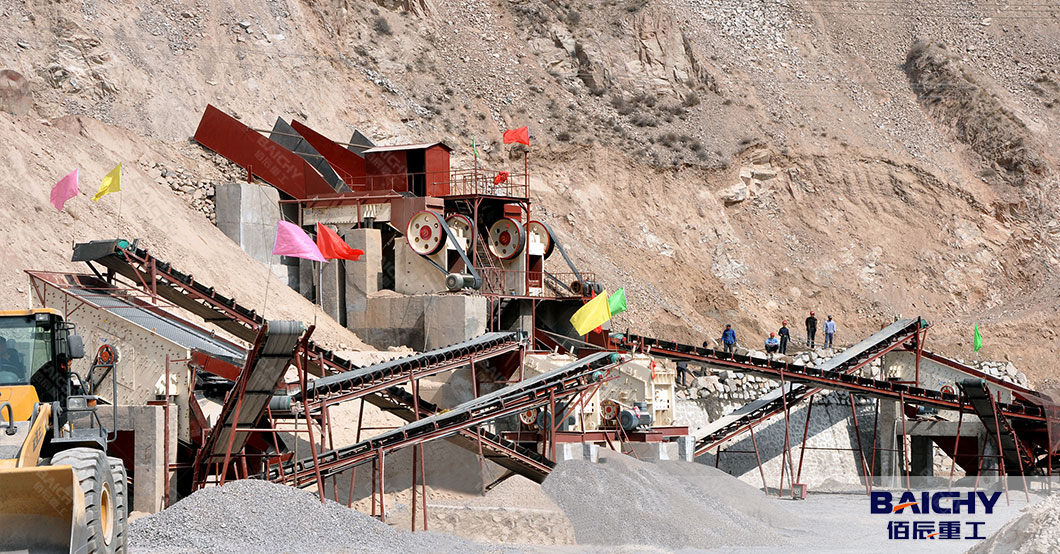
3. Safety and Compliance: Non-Negotiable Priorities
3.1 Occupational Health and Safety (OHS)
Training and Protocols:
- Require mandatory safety training for all staff, covering equipment operation, lockout-tagout procedures, and emergency response.
- Implement regular safety audits and toolbox talks to address hazards (e.g., falls, moving parts, dust exposure).
Personal Protective Equipment (PPE):
- Enforce use of hard hats, safety glasses, hearing protection, and non-slip footwear in all operational areas.
- Provide respiratory protection for workers in high-dust zones (e.g., screening areas).
3.2 Environmental Compliance
Dust and Noise Control:
- Install dust collectors, water sprays, or wind barriers to minimize airborne particles.
- Use soundproof enclosures for crushers and screens; restrict operations during quiet hours in residential areas.
-
Waste and Water Management:
- Treat process water before discharge to meet local environmental standards.
- Recycle water in washing plants using sedimentation tanks and filters.
- Regulatory Reporting:
- Maintain accurate records of emissions, waste disposal, and water usage for annual compliance audits.
4. Quality Control: Meeting Market Demands
4.1 Product Specifications and Testing
- Standardized Grading:
- Align products with industry standards (e.g., ASTM, EN) for different applications:
- Concrete aggregates: 9.5–37.5 mm particles with low fines.
- Road base materials: well-graded aggregates with specific plasticity indices.
- Testing Protocols:
- Regularly sample crushed materials to check:
- Particle size distribution (sieve analysis).
- Moisture content (affects concrete mix design).
- Los Angeles abrasion value (indicates wear resistance).
4.2 Customer-Centric Quality Assurance
- Custom Solutions:
- Work with clients to develop specialized aggregates (e.g., colored stones for landscaping, anti-skid materials for roads).
- Certification and Traceability:
- Obtain third-party certifications (e.g., ISO 9001) to build customer trust.
- Provide detailed material safety data sheets (MSDS) and batch reports for traceability.
5. Cost Management: Strategies for Profitability
5.1 Operational Cost Reduction
Energy and Maintenance Savings:
- Schedule preventive maintenance (e.g., lubrication, component replacements) to avoid unplanned downtime.
- Renovate old equipment or replace with energy-efficient models (e.g., electric vs. diesel-powered crushers).
Labor Efficiency:
- Cross-train staff to handle multiple roles (e.g., operators can perform basic maintenance).
- Use automation to reduce reliance on manual labor (e.g., remote-controlled loaders).
5.2 Pricing and Market Strategy
Competitive Pricing Models:
- Analyze local market rates and adjust pricing based on material scarcity, transport costs, and customer volume.
- Offer bulk discounts for long-term contracts or bundle services (e.g., delivery + installation).
Diversification:
- Expand aggregates product lines to include recycled aggregates (crushed concrete, asphalt), which often have lower raw material costs.
- Target niche markets (e.g., sports turf sand, filtration media) for higher-margin products.
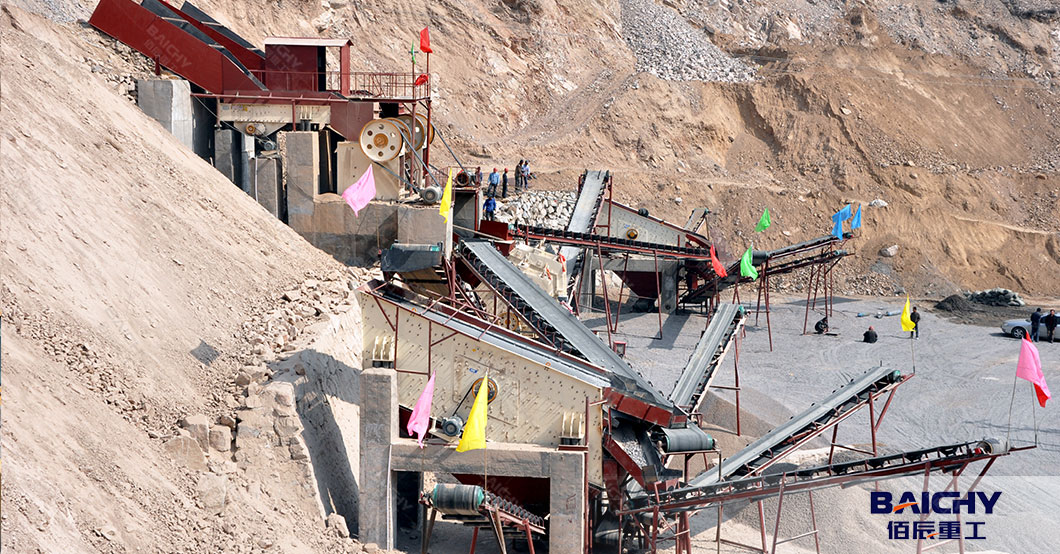
Conclusion: Keys to Successful Aggregate Plant Management
Effective management of an aggregate plant hinges on balancing operational efficiency, safety, and sustainability. By prioritizing equipment optimization, strict quality control, and compliance with regulations, plant managers can drive profitability while meeting the evolving needs of construction and infrastructure projects. As the industry shifts toward greener practices and smart technologies, embracing innovation will be essential for long-term success in a competitive market. For specific challenges or expansion plans, consulting with industry experts or equipment manufacturers can provide tailored solutions to maximize your plant’s potential.







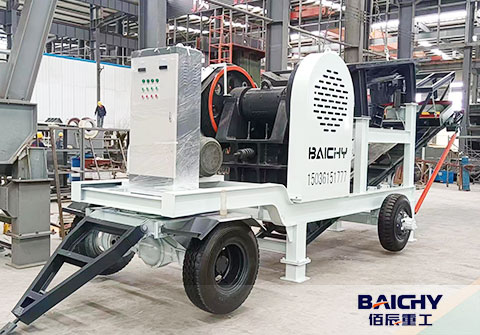
 2025-11-22
2025-11-22

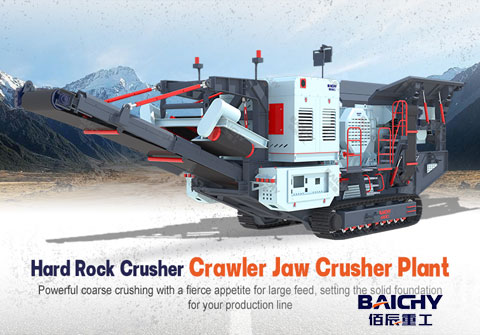
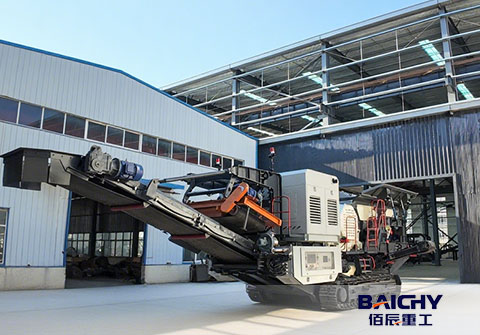
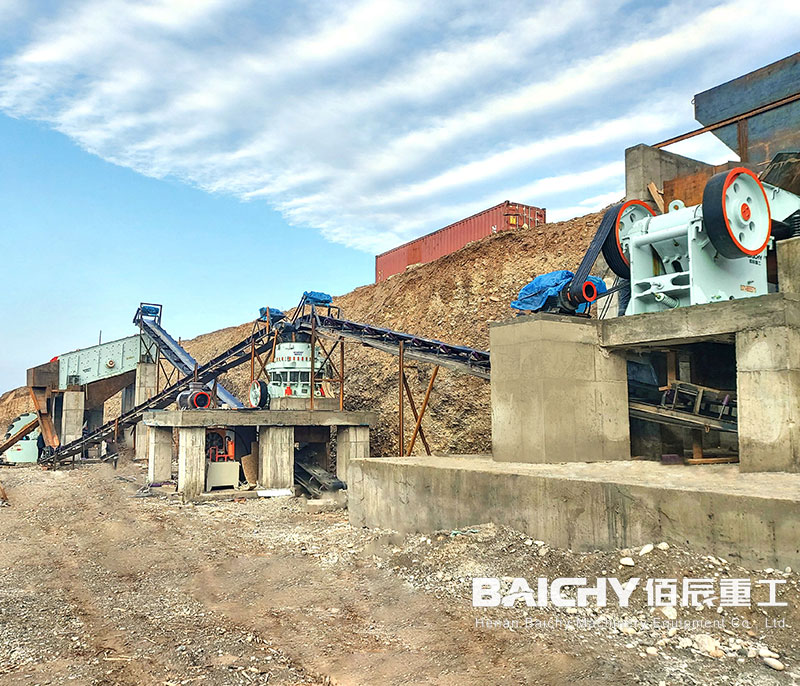
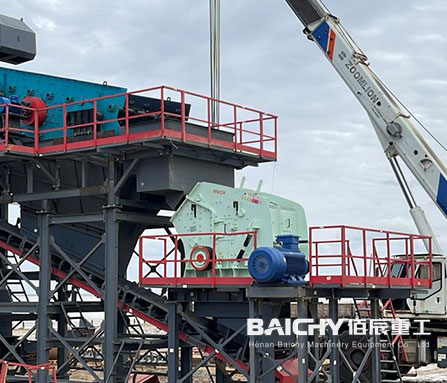
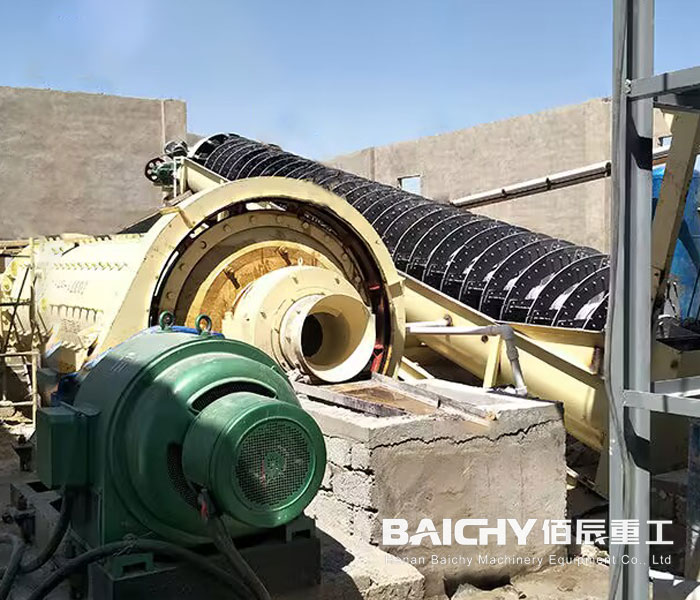
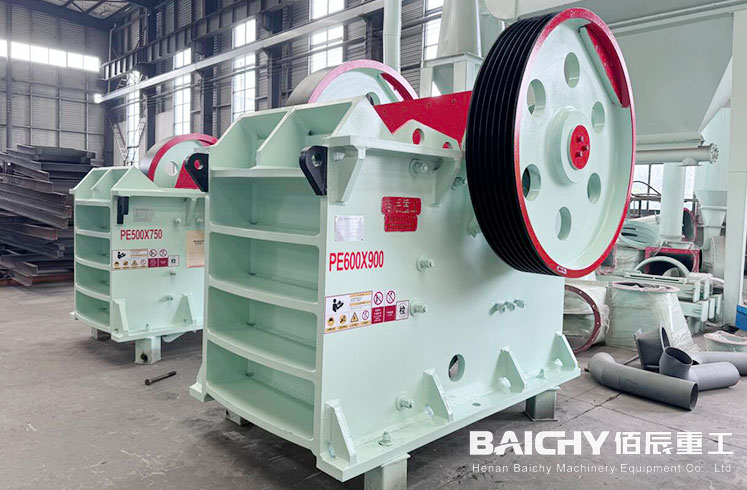














 86-15093113821
86-15093113821
 86-15093113821
86-15093113821

